Noise Patterns
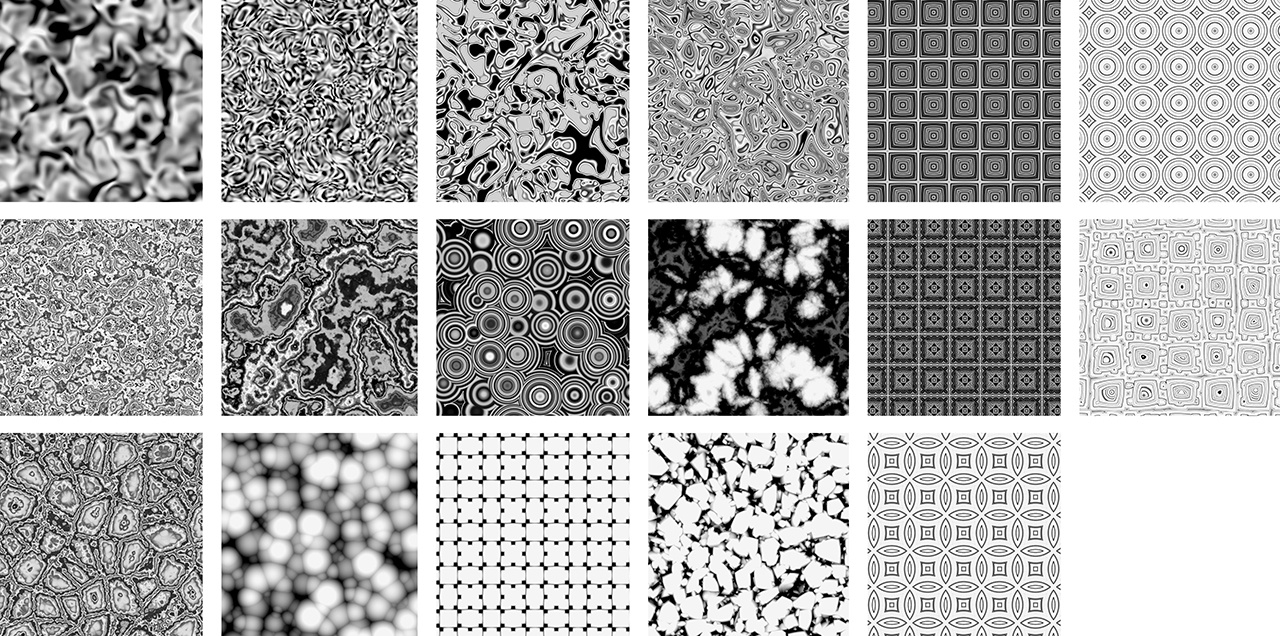
Noise shaders can be a powerful tool when used creatively. It is possible to create various effective patterns, for example, different types of corrosion, foam, landscapes, alien skin or just organic patterns. This tutorial demonstrates the types of patterns possible when setting different attributes with the Arnold noise and cell_noise shaders. Hopefully, this tutorial will inspire you to experiment and create your own patterns using a combination of noise shaders. Thanks to Slava Sych for his assistance with this tutorial.
Note: Note that the scale attribute values depend on the size of your geometry and therefore may require adjusting according to your scene size.
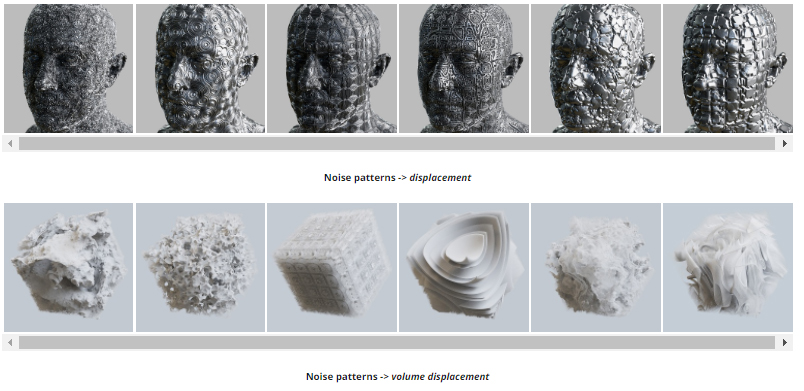
scene file can be downloaded here.
Noise Shaders
Cell Noise Shaders
Noise Shaders
Noise Type 1
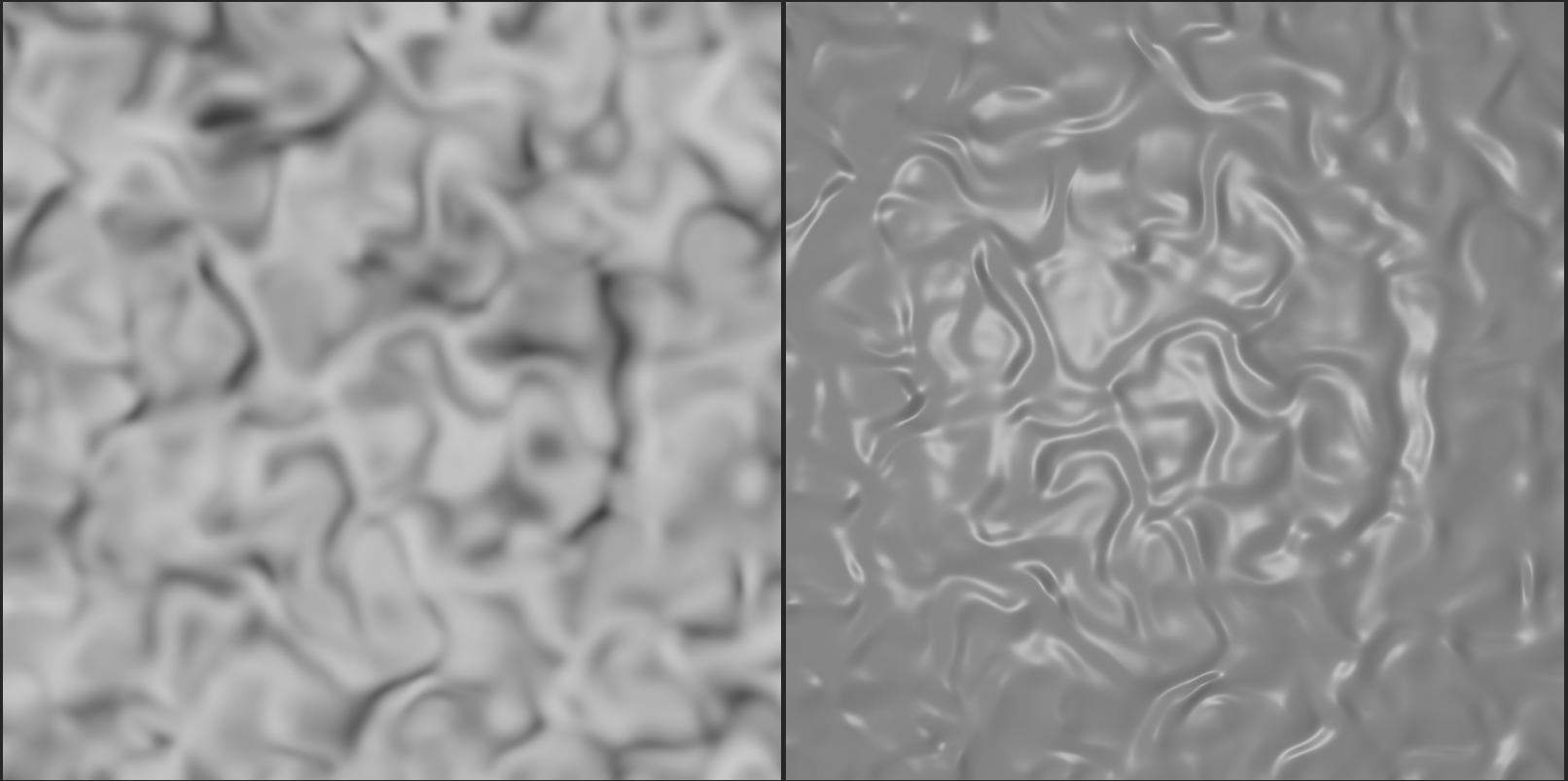
Octaves: 1. Distortion: 1.2. Lacunarity: 1. Scale XYZ: 10
Noise Type 2
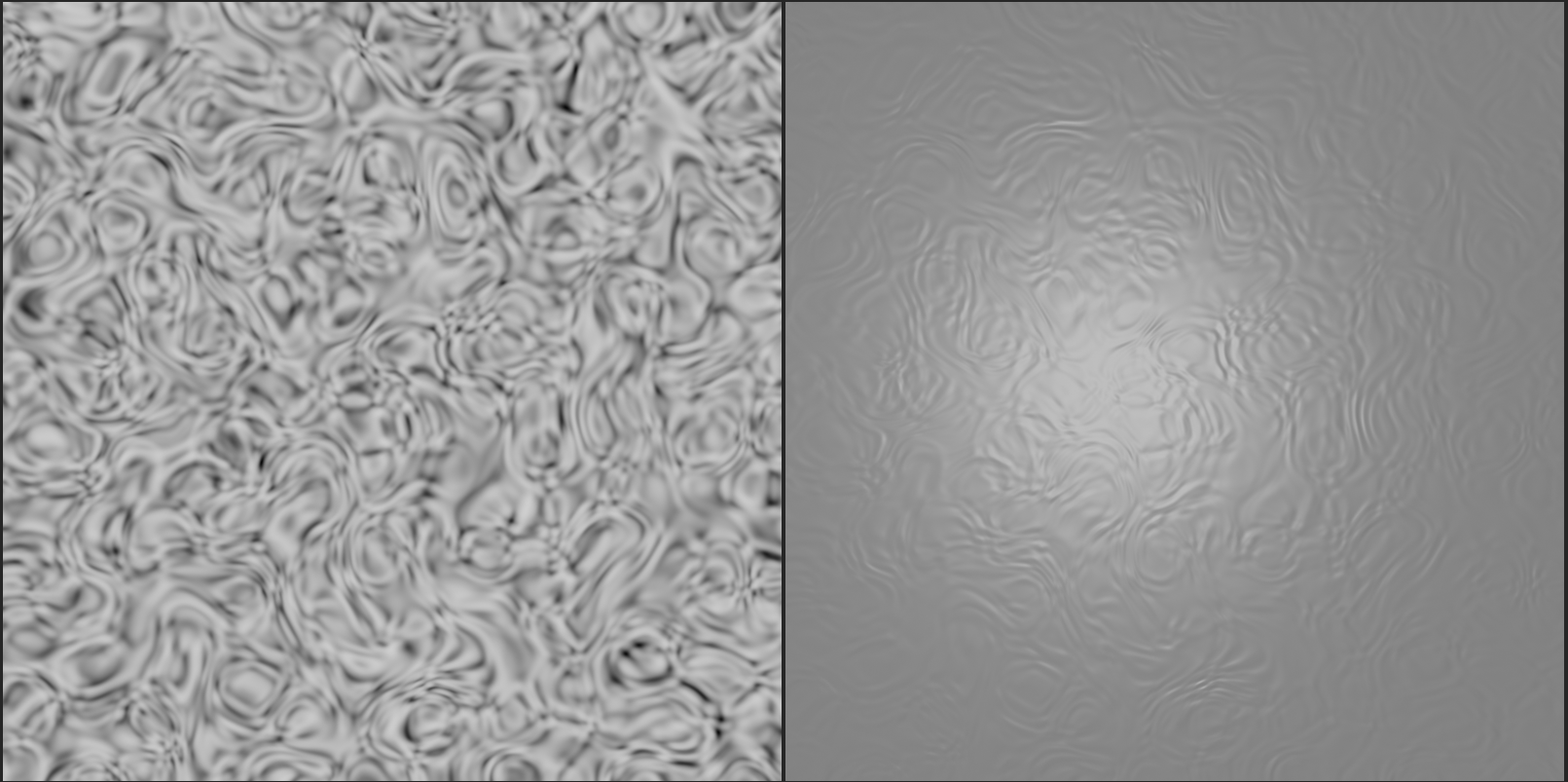
Octaves: 1. Distortion: 5.2. Lacunarity: 1. Scale XYZ: 10.
Noise Type 3 (Noise x2)
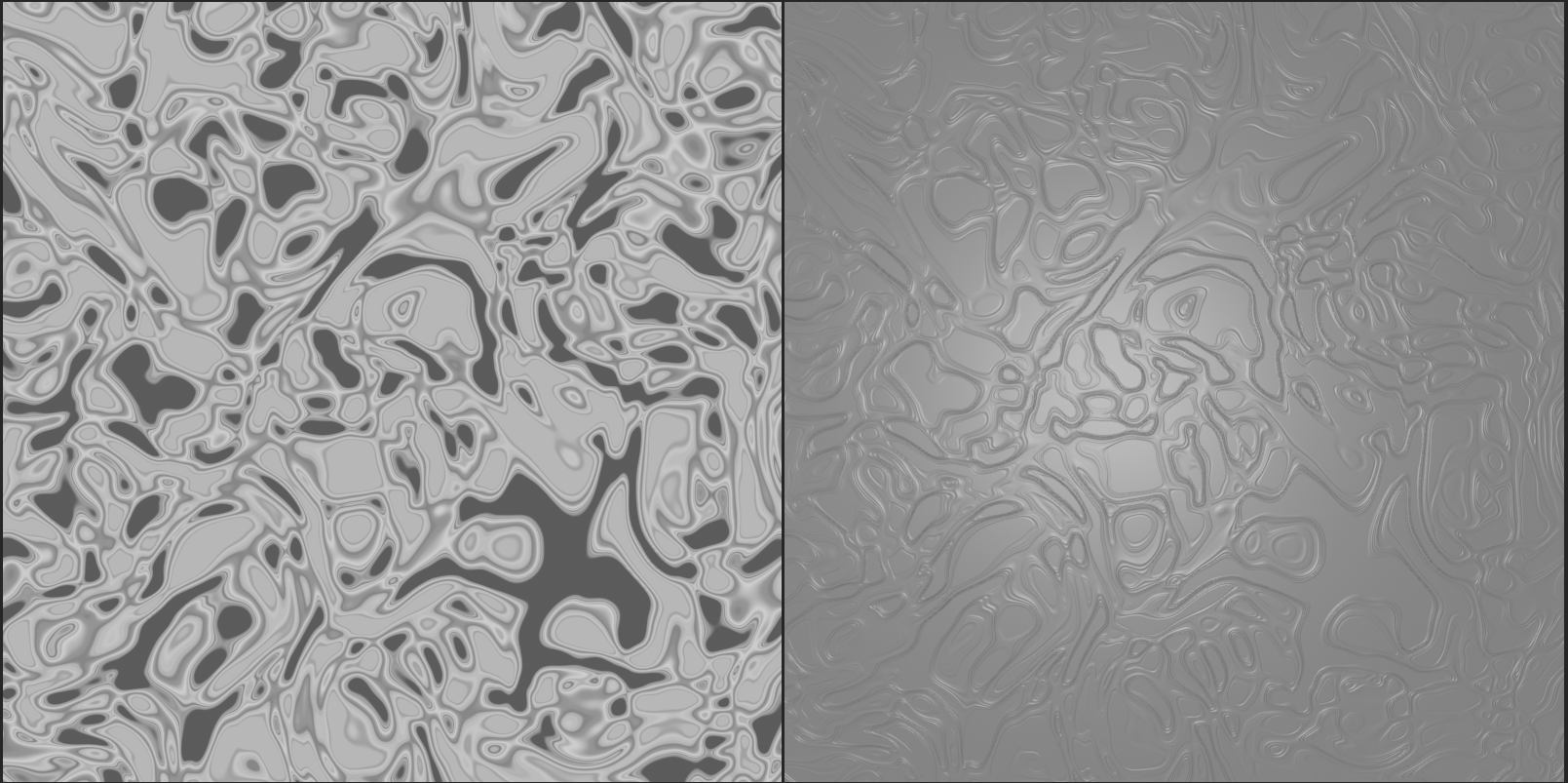
Create a noise shader and set the following parameters:
Octaves to 1.
Distortion to 5.
Lacunarity to 3.25.
Scale XYZ to 0.
Next, create another Noise shader and connect its output to the Offset parameter of the first Noise shader. Set the following:
Octaves to 5
Distortion to 4
Lacunarity to 1
Scale XYZ to 5
Noise Type 4 (Noise x2)
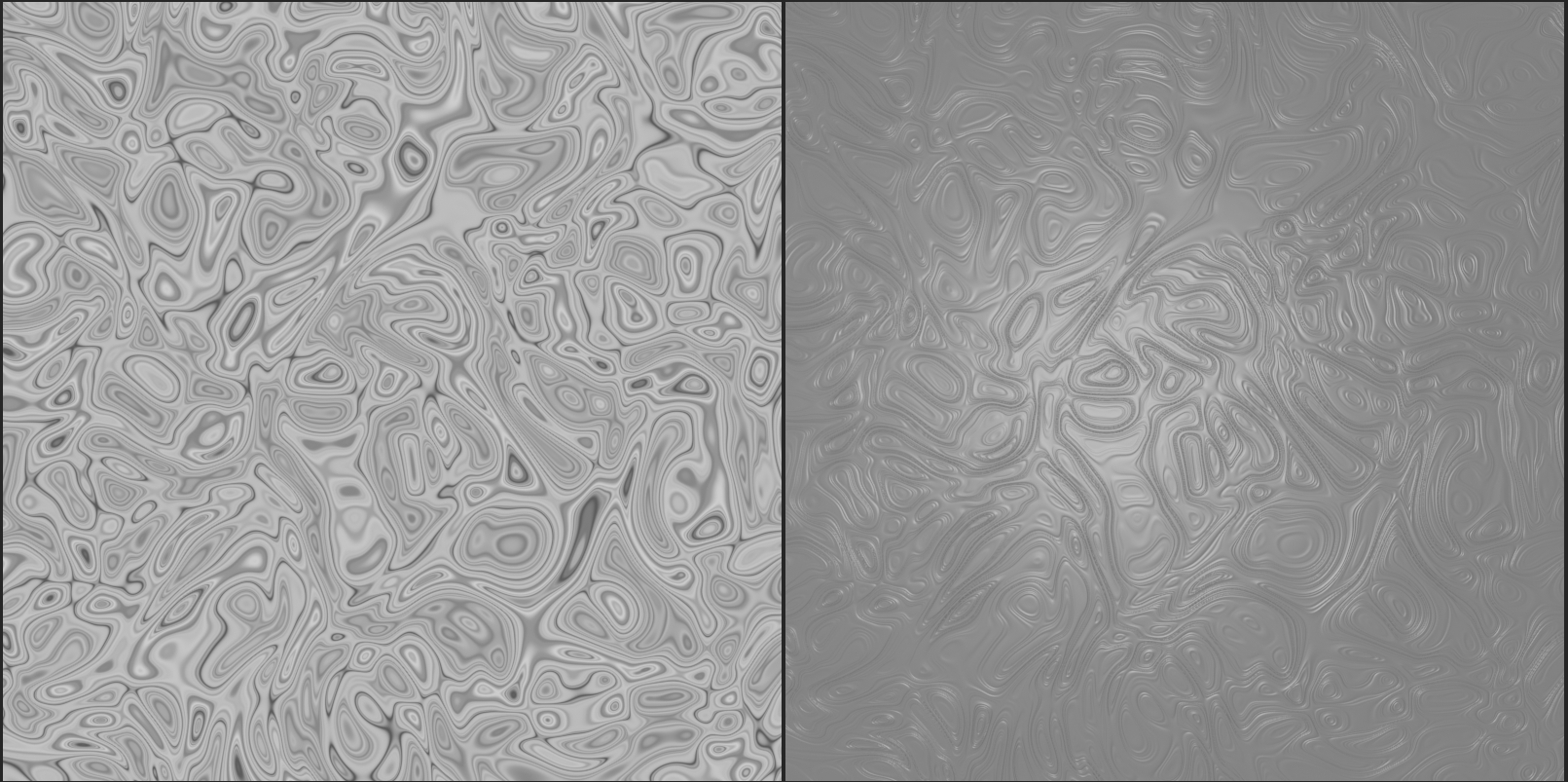
Create a Noise shader and set the following parameters:
Octaves to 1
Distortion to 5
Lacunarity to 3.25
Scale XYZ 10
Next, create another Noise shader and connect its output to P parameter of the first Noise shader. Set the following:
Octaves to 2
Distortion to 3
Lacunarity to 1
Amplitude 0.21
Scale XYZ to 5
Noise Type 5 (Noise x2)
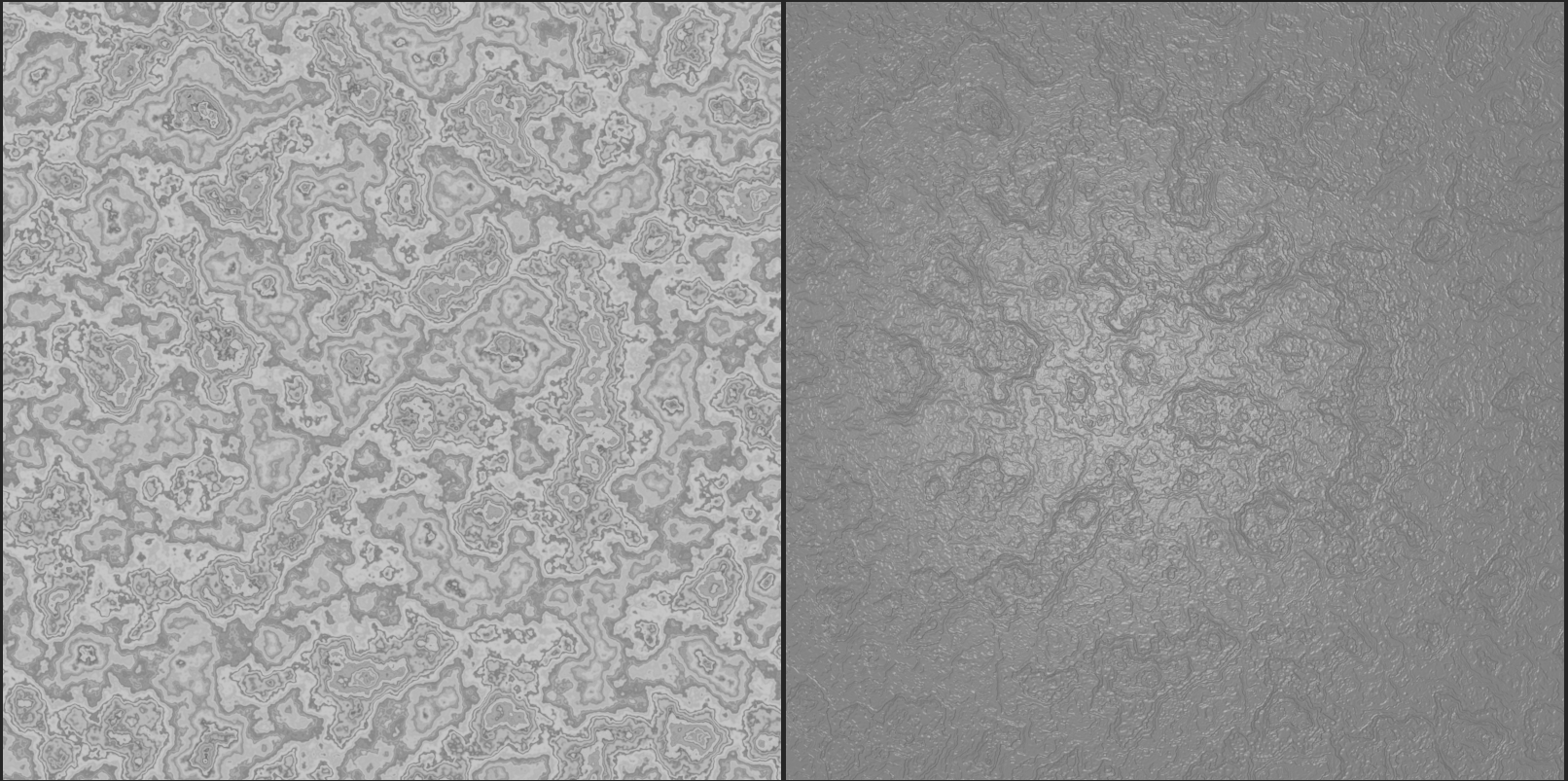
Create a noise shader and set the following parameters:
Octaves to 1
Distortion to 6.7
Lacunarity to 1
Scale XYZ 5
Next, create another Noise shader and connect its output to P parameter of the first Noise shader. Set the following:
Octaves to 4
Distortion to 0
Lacunarity to 2.68
Amplitude 0.719
Scale XYZ to 10
Noise Type 6 (Cell Noise ->Noise)

Create a noise shader and set the following parameters:
Octaves to 1
Distortion to 3.1
Lacunarity to 1
Scale XYZ 6
Next, create a cell_noise shader and connect its output to P parameter of the first noise shader. Set the following:
Octaves to 7
Lacunarity to 2.806
Scale XYZ to 7
Noise Type 7 (Cell Noise ->Noise)
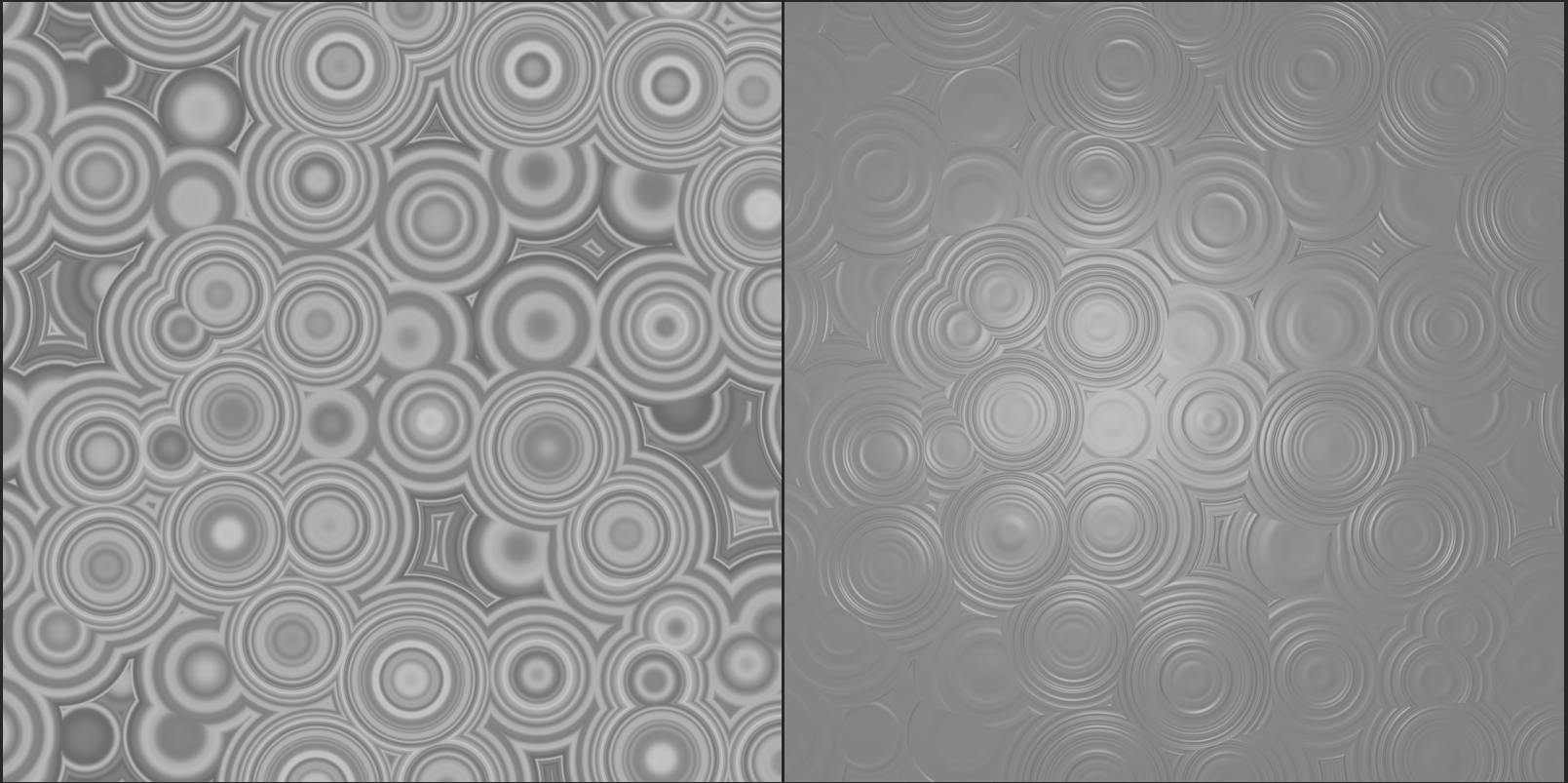
Create a noise shader and set the following parameters:
Octaves to 1
Distortion to 3.1
Lacunarity to 1
Scale XYZ 6
Next, create a cell_noise shader and connect its output to P parameter of the first noise shader. Set the following:
Disable additive
Octaves to 1
Lacunarity to 2.989
Scale XYZ to 7
Density to 0.286
Randomness to 0.583
Noise Type 8 (Cell Noise ->Noise)
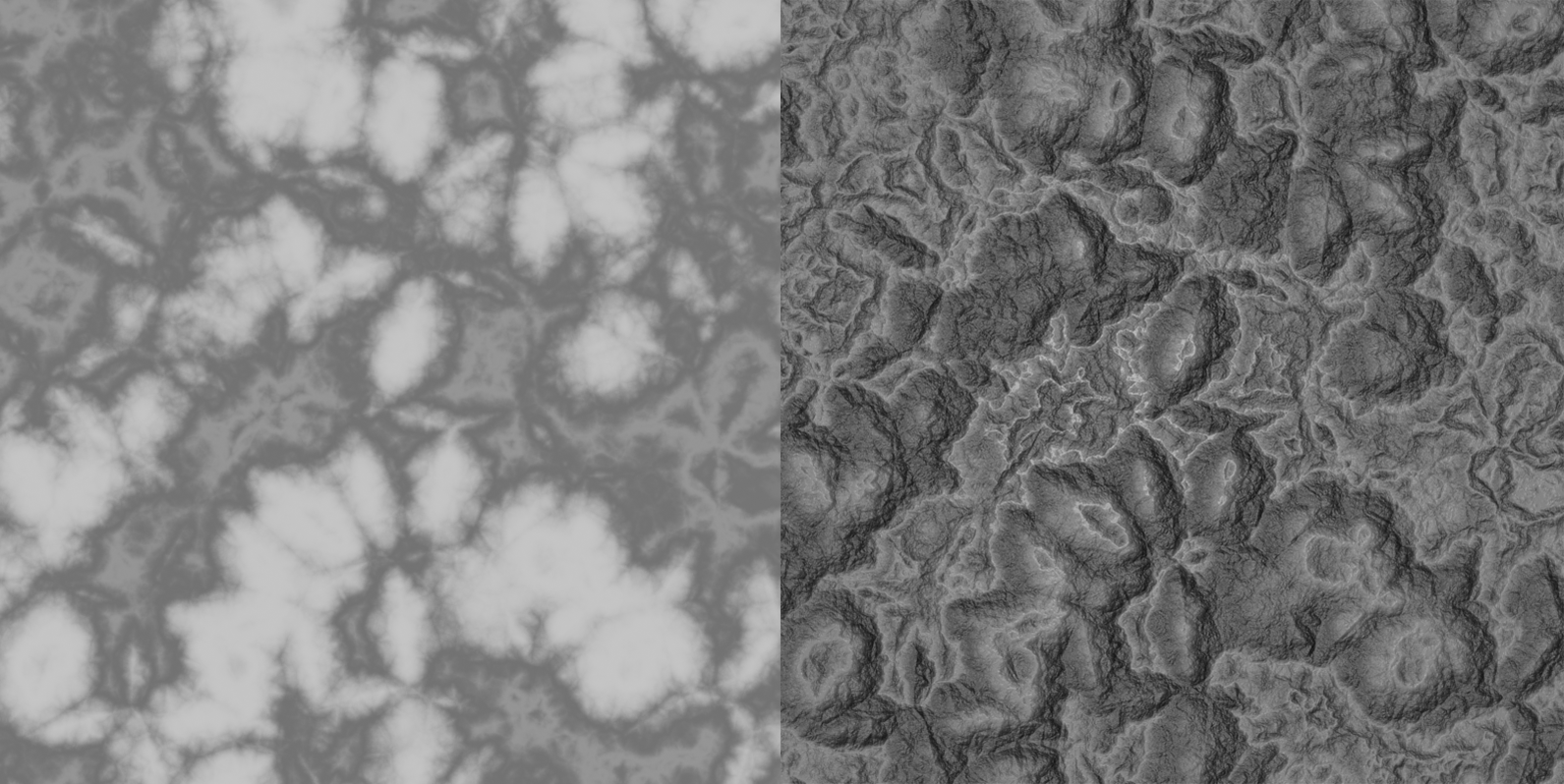
Create a noise shader and set the following parameters:
Octaves to 1
Distortion to 3.1
Lacunarity to 1
Scale XYZ 6
Next, create a cell_noise shader and connect its output to P parameter of the first noise shader. Set the following:
Change Pattern to worley2
Enable Additive
Octaves to 4
Lacunarity to 5
Amplitude to 0.114
Scale XYZ to 7
Density to 0.623
Randomness to 1
Noise Type 9 (Cell Noise ->Noise)
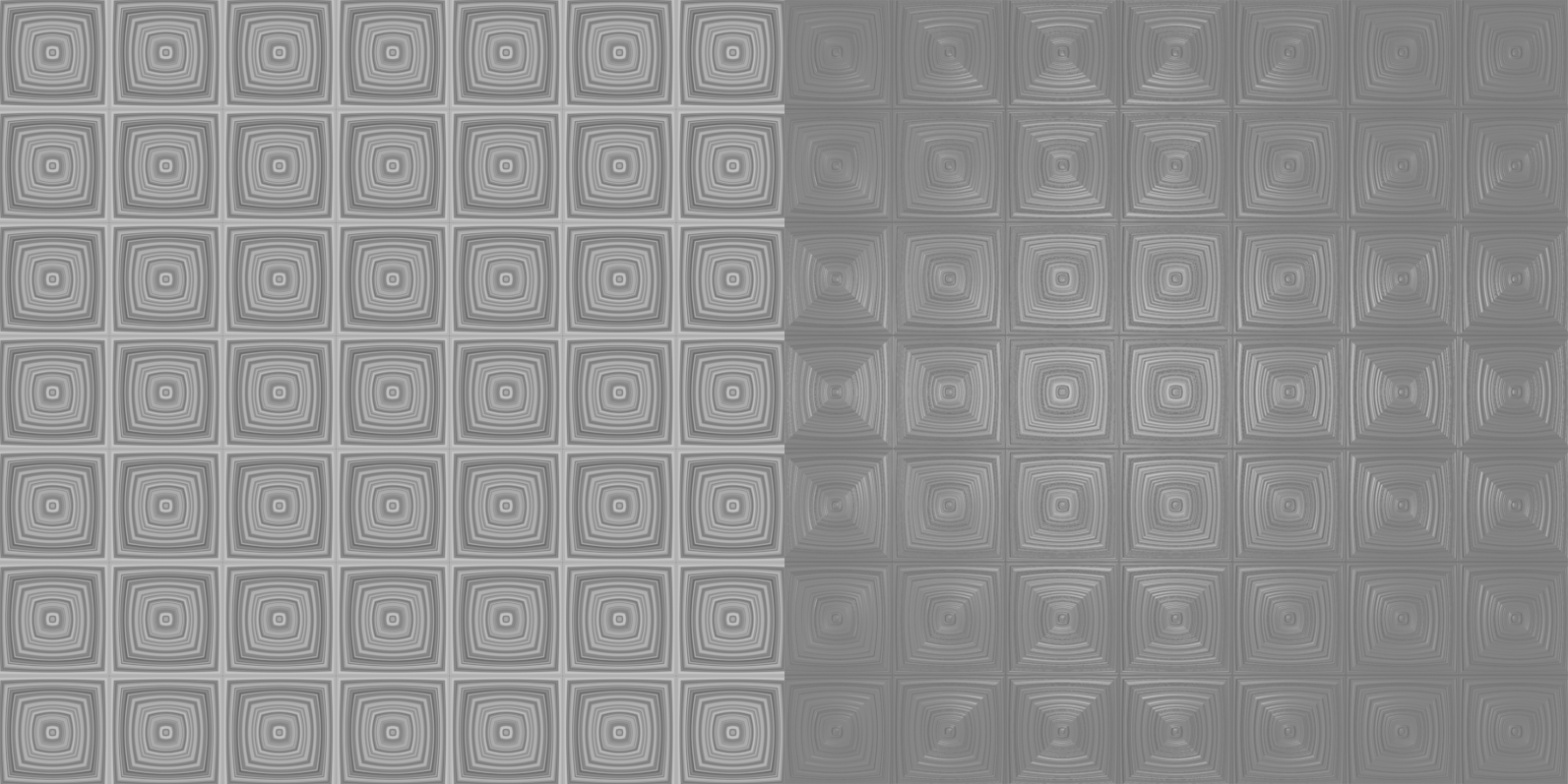
Create a Noise shader and set the following parameters:
Octaves to 1
Distortion to 3.1
Lacunarity to 1
Scale XYZ 6
Next, create a cell_noise shader and connect its output to P parameter of the first noise shader. Set the following:
Change Pattern to alligator
Enable Additive
Octaves to 1
Lacunarity to 5
Amplitude to 0.920
Scale XYZ to 7
Density to 0.623
Randomness to 0
Noise Type 10 (Cell Noise ->Noise)
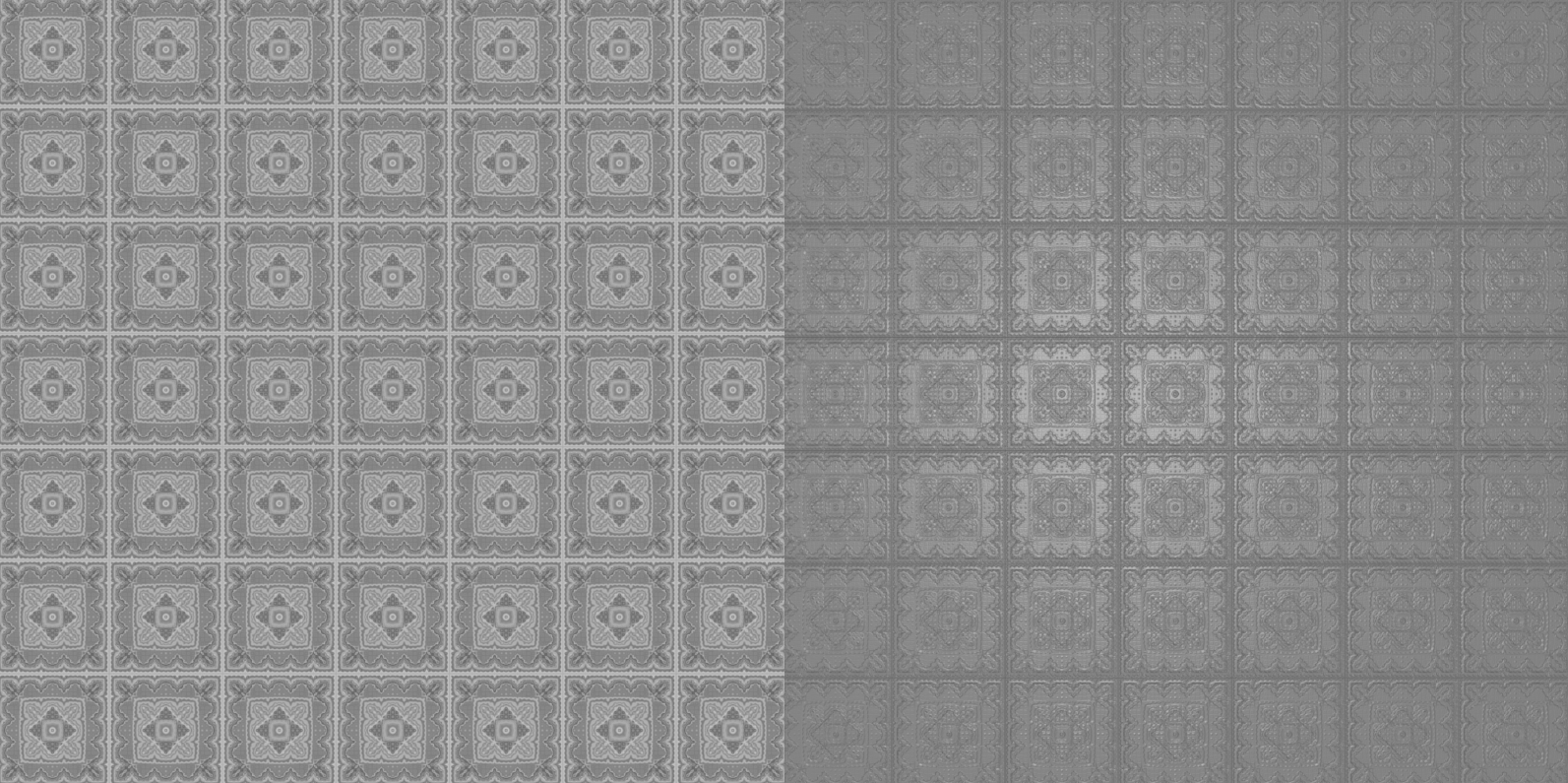
Create a noise shader and set the following parameters:
Octaves to 1
Distortion to 3.533
Lacunarity to 1
Scale XYZ 6
Next, create a Cell Noise shader and connect its output to P parameter of the first noise shader. Set the following:
Change Pattern to alligator
Enable Additive
Octaves to 3
Lacunarity to 5
Amplitude to 0.920
Scale XYZ to 7
Density to 0.549
Randomness to 0
Noise Type 11 (Cell Noise ->Noise)
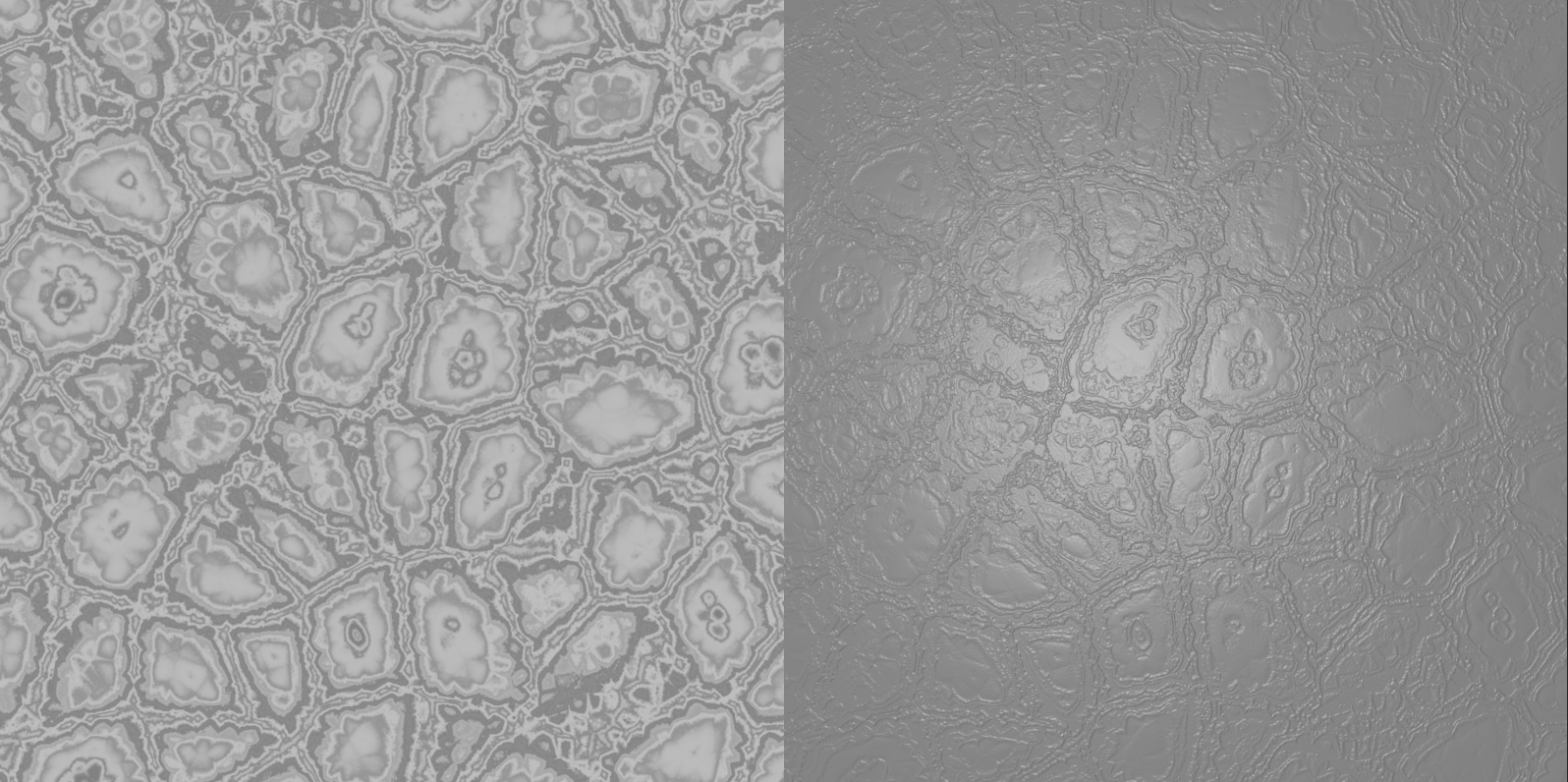
Create a noise shader and set the following parameters:
- Octaves to 1
- Distortion to 10
- Lacunarity to 1
- Scale XYZ 6
Next, create a cell_noise shader and connect its output to P parameter of the first noise shader. Set the following:
- Change Pattern to alligator
- Turn on Additive
- Set Octaves to 3
- Lacunarity to 5
- Amplitude to 0.177
- Scale XYZ to 7
- Density to 0.549
- Randomness to 1
Cell Noise Shaders
Cell Noise Type 1
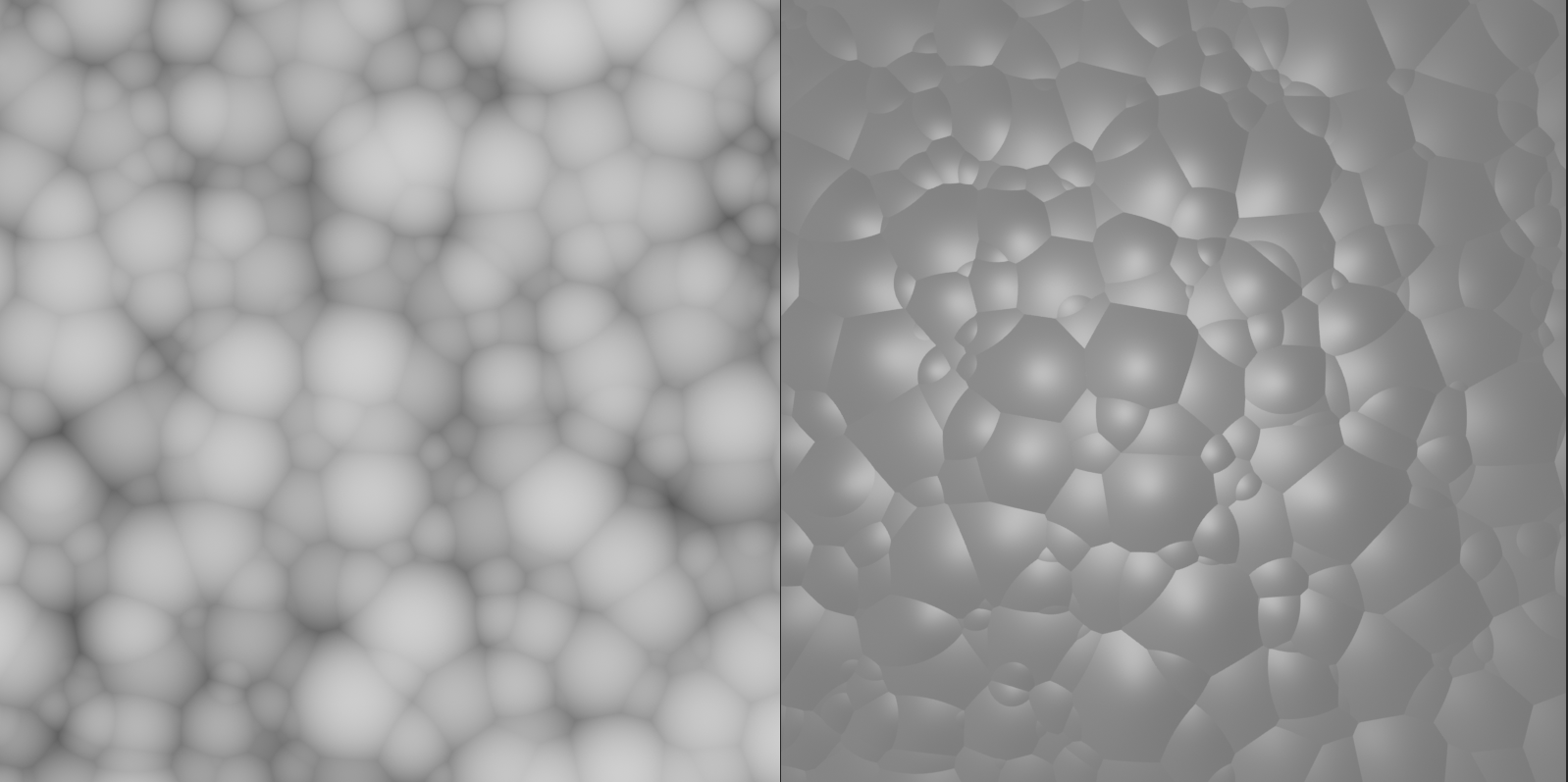
Create a cell_noise shader and set the following parameters:
- Disable Additive
- Set Octaves to 4
- Lacunarity to 1.274
- Scale XYZ 10
Cell Noise Type 2 (Cell Noise -> Range)
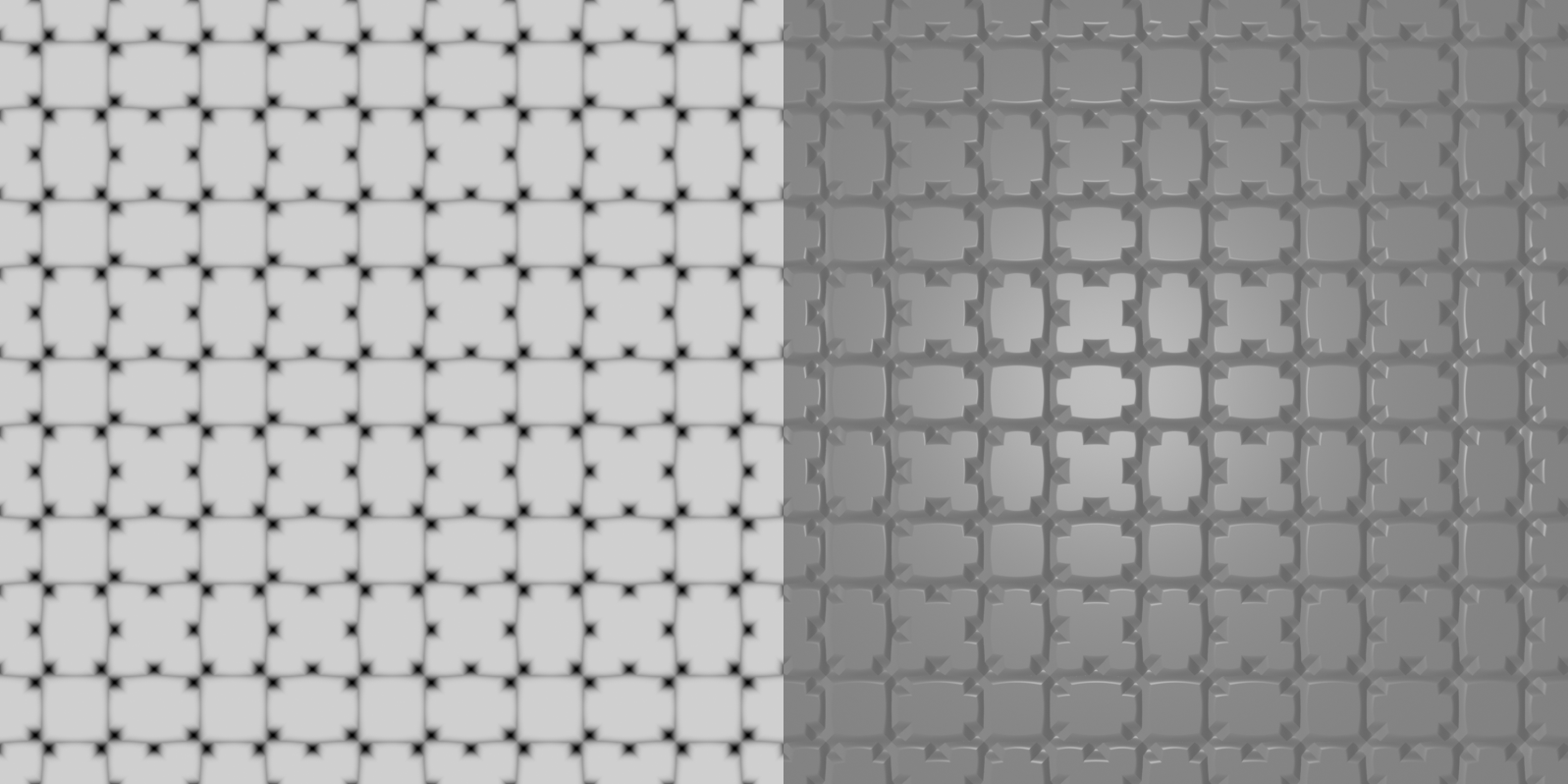
Create a cell_noise shader and set the following parameters:
- Change Pattern to alligator
- Disable Additive
- Octaves to 2
- Lacunarity to 1.5
- Amplitude to 1
- Scale XYZ to 10
- Density to 0.326
- Randomness to 0
Next, create a range shader and connect the cell_noise to its input parameter. Set the following:
- Input_max to 0.343
- Enable smoothstep
Cell Noise Type 3 (Cell Noise -> Range)
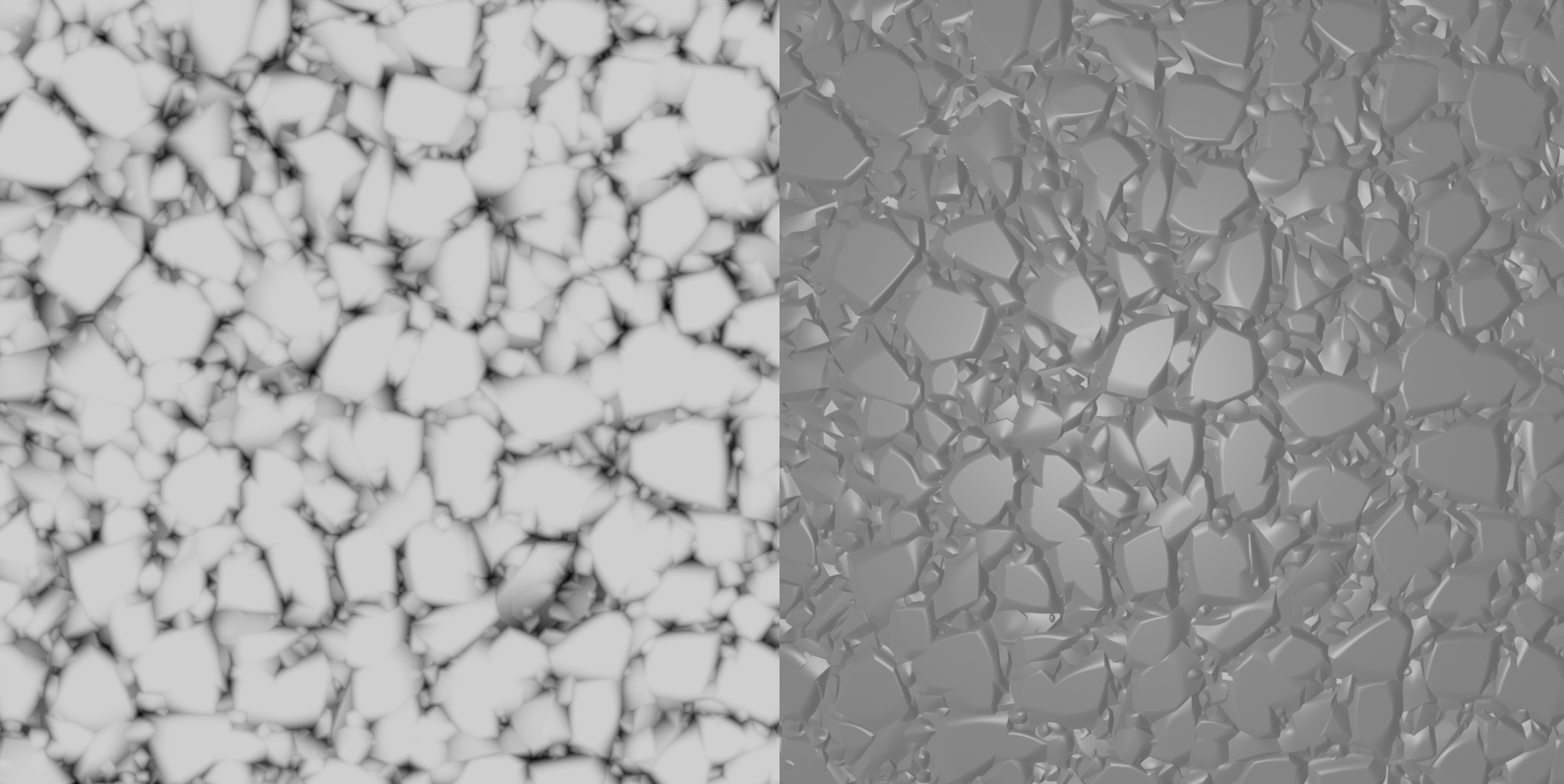
Create a cell_noise shader and set the following parameters:
- Change Pattern to alligator
- Disable Additive
- Octaves to 6
- Lacunarity to 1.297
- Amplitude to 1
- Scale XYZ to 10
- Density to 0.326
- Randomness to 1
Next, create a range shader and connect the cell_noise to its input parameter. Set the following:
- Input_max to 0.343
- Enable smoothstep
Cell Noise Type 4 (Cell Noise -> Cell Noise -> Range)
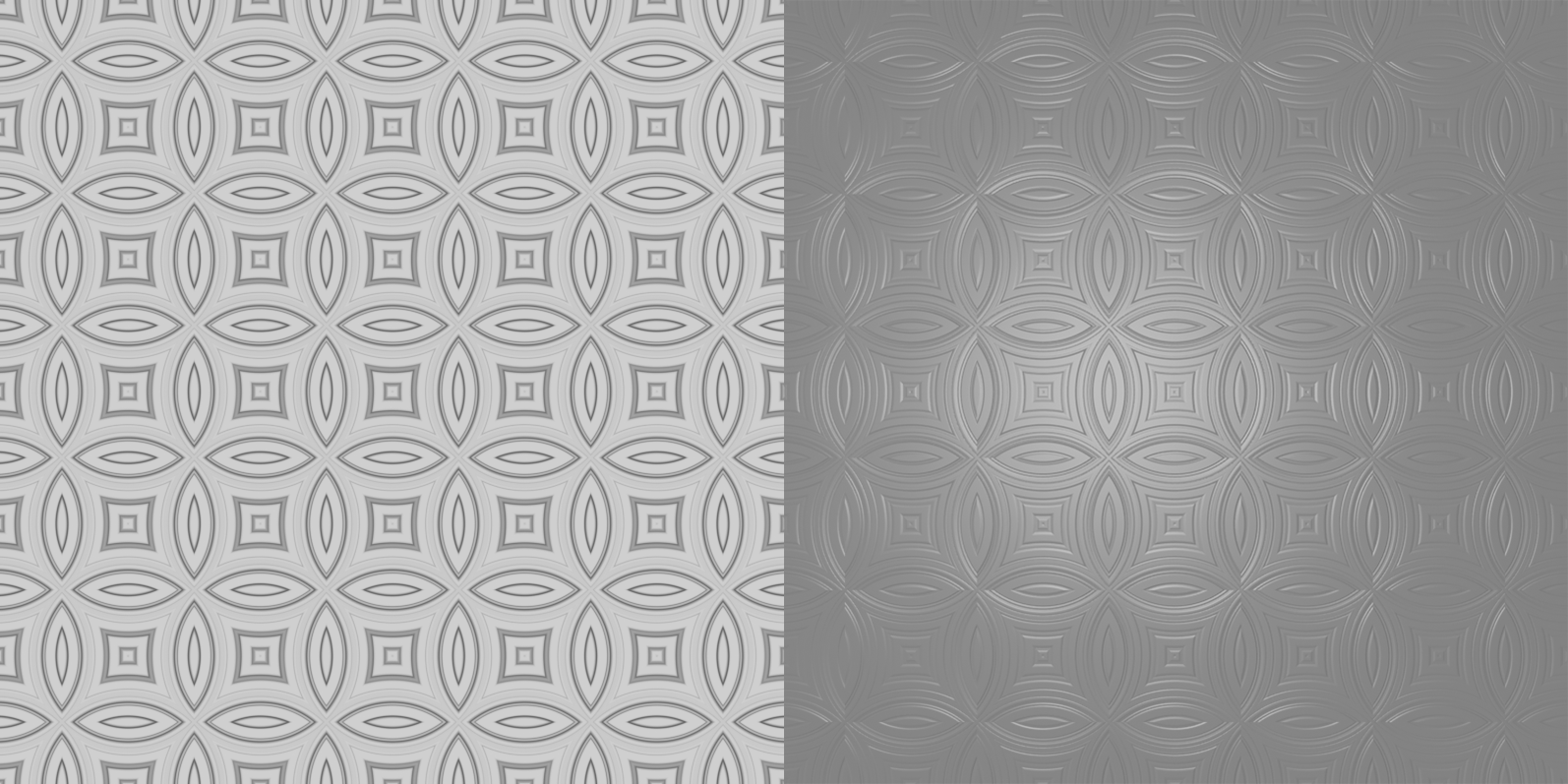
Create a cell_noise shader and set the following parameters:
- Change Pattern to alligator
- Enable Additive
- Set Octaves to 3
- Lacunarity to 1.297
- Amplitude to 1
- Scale XYZ to 10
- Density to 0.326
- Randomness to 1
Create another cell_noise and connect its output to P parameters of the first cell_noise. Set the following:
- Change Pattern to worley2
- Enable Additive
- Octaves to 3
- Lacunarity to 1
- Amplitude to 1
- Scale XYZ to 6
- Density to 0.5
- Randomness to 0
Next, create a Range shader and connect the Cell Noise to its input parameter. Set the following:
- Input Max to 0.343
- Enable smoothstep
Or set parameters in the second cell_noise to get a result like in the image below:
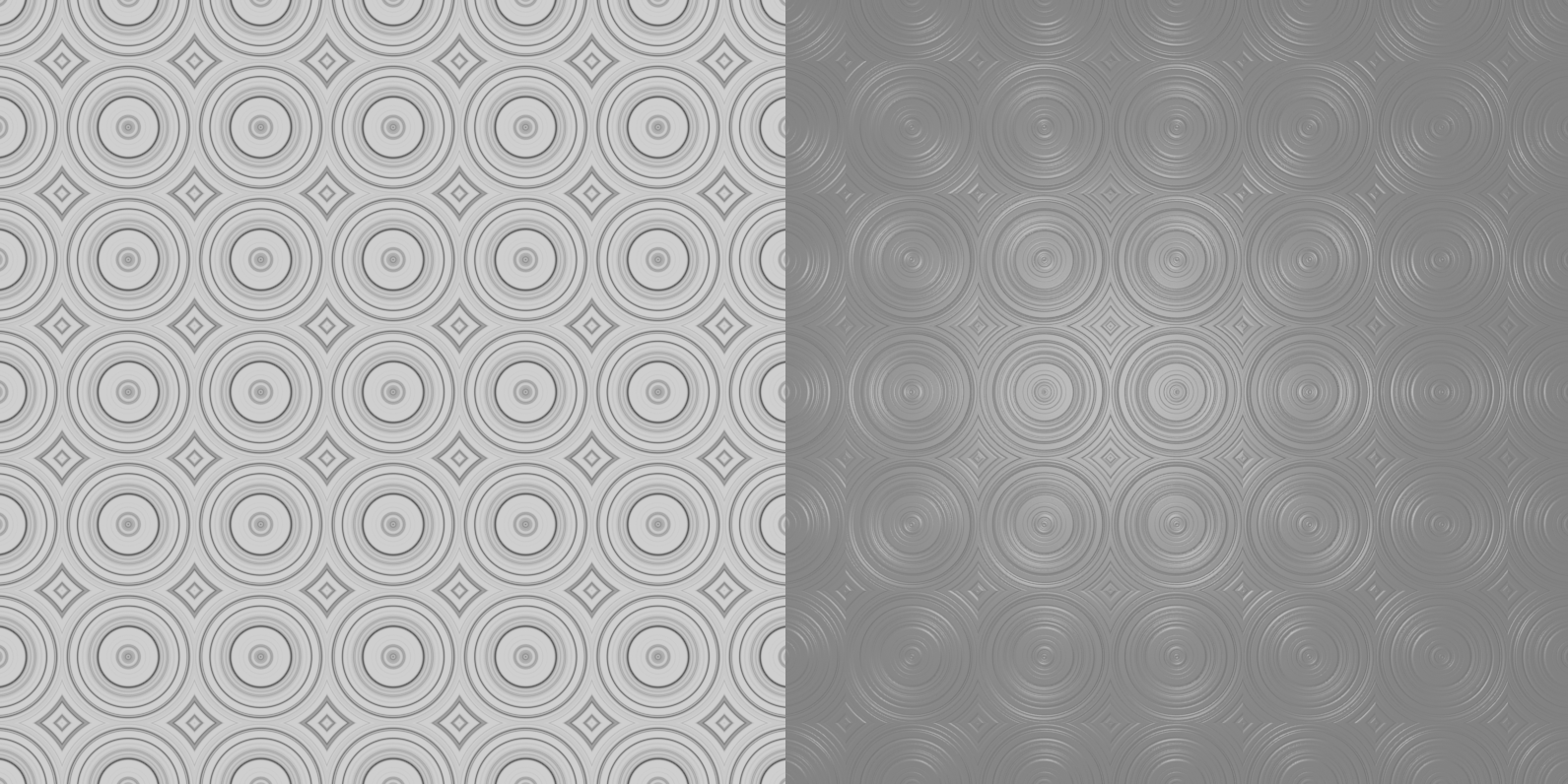
- Change Pattern to worley1
- Disable Additive
- Octaves to 3
- Lacunarity to 1
- Amplitude to 1
- Scale XYZ to 6
- Density to 0.5
- Randomness to 0
Or s et parameters in the second cell_noise to get a result like in the image below:
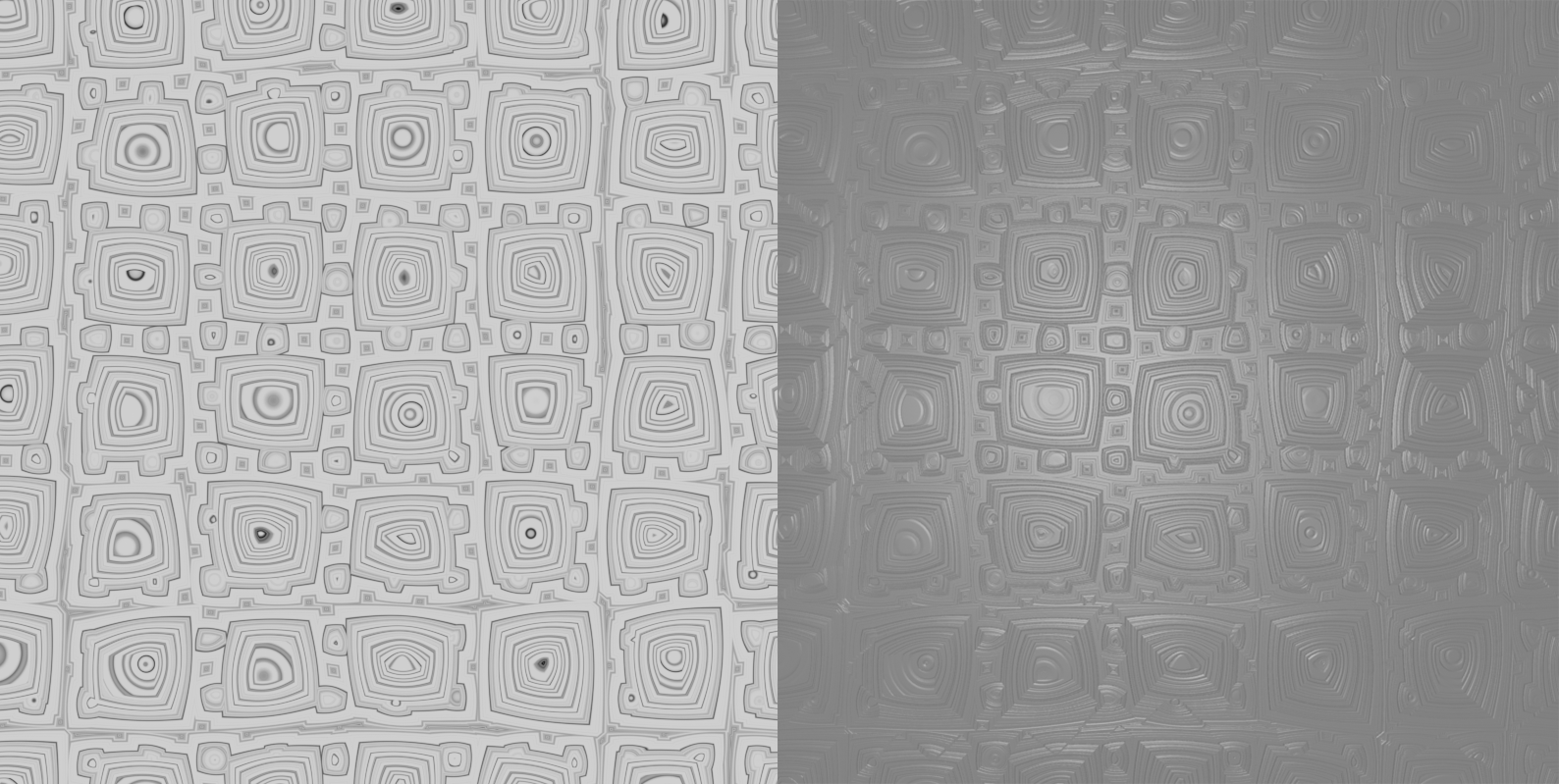
- Change Pattern to alligator
- Disable Additive
- Octaves to 2
- Lacunarity to 2.189
- Amplitude to 1
- Scale XYZ to 6
- Density to 0.5
- Randomness to 0.183